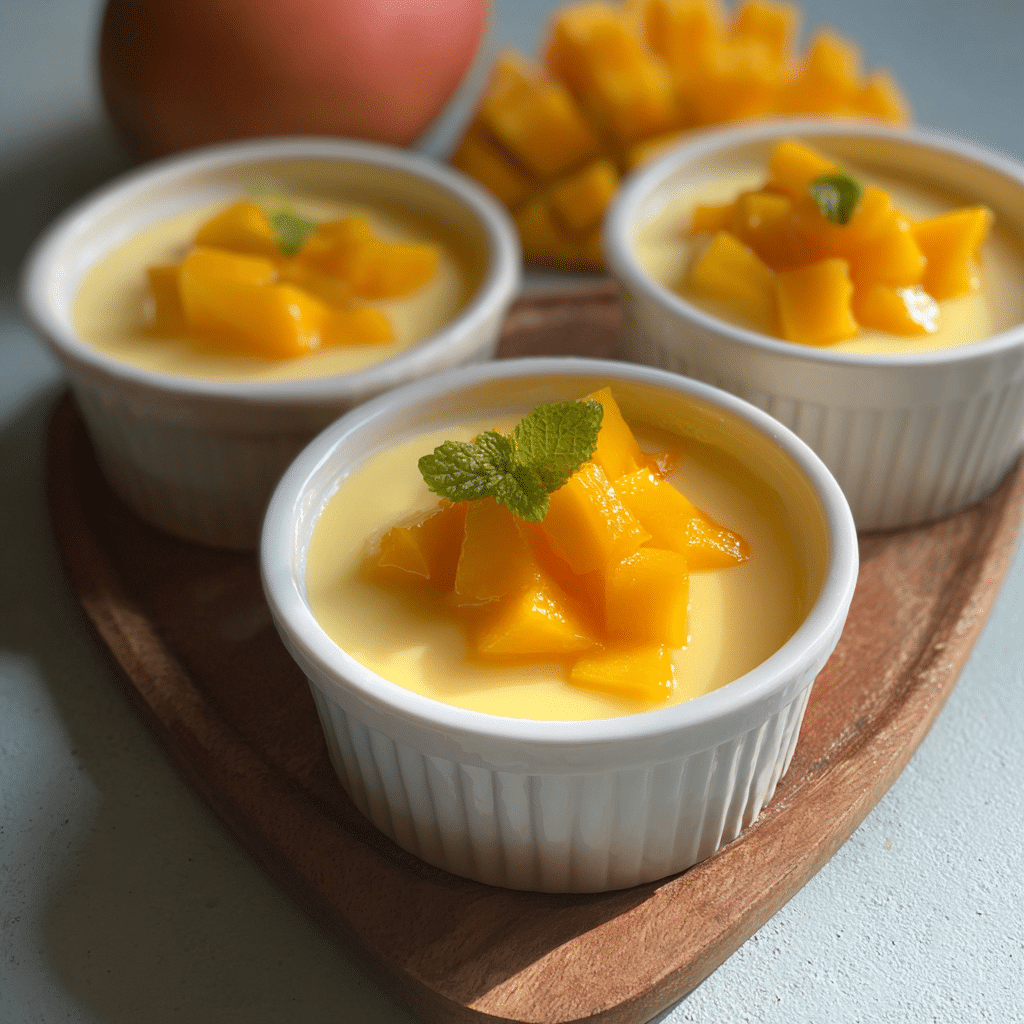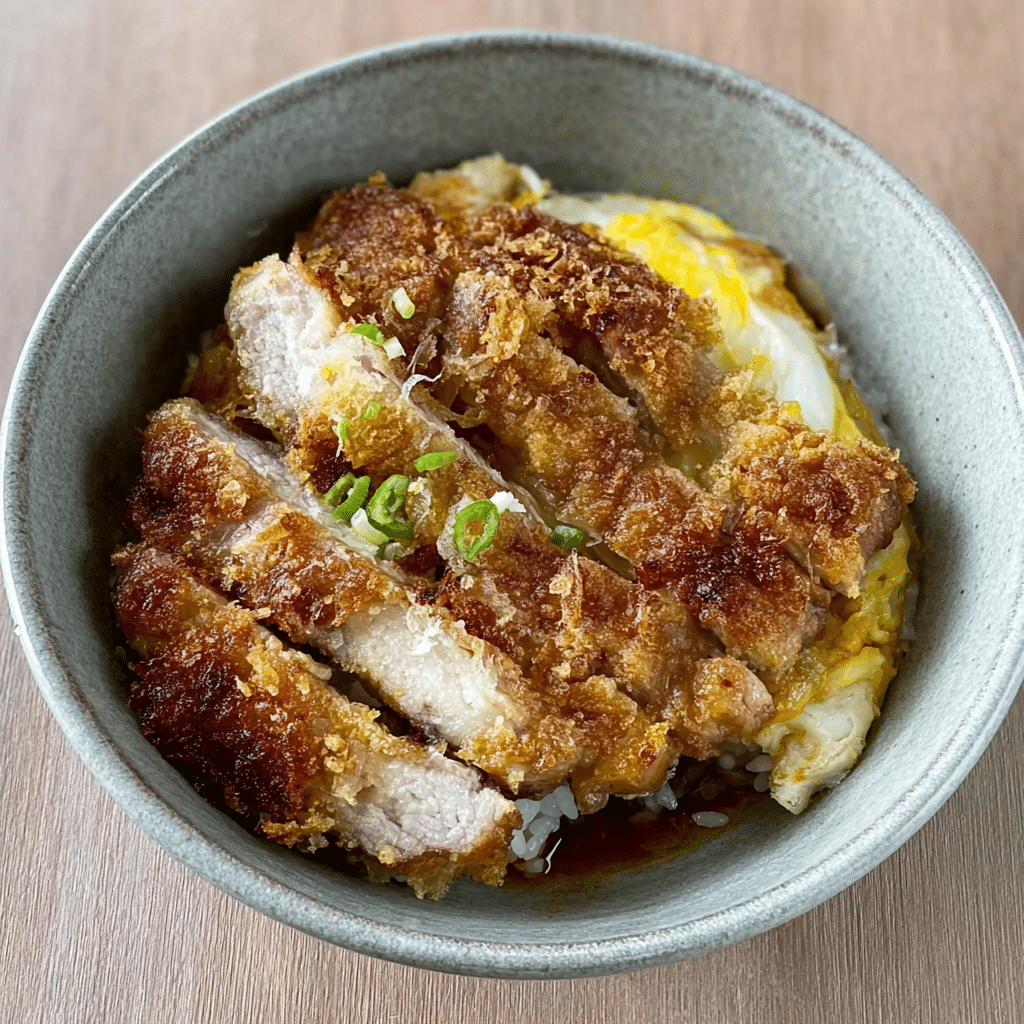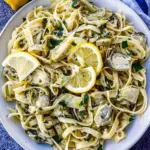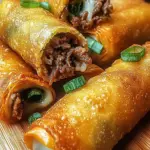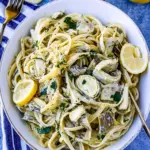The classic Hong Kong-style Mango Pudding is a beloved dessert in many Asian households and restaurants. It’s smooth, creamy, and bursting with tropical mango flavor, making it a perfect finish to any meal. What makes this treat even more special is its simplicity—made with just a few ingredients and no baking required.
This chilled dessert is ideal for hot summer days or as a refreshing treat year-round. Whether you’re hosting a dinner party or simply craving something sweet, this mango pudding delivers on both taste and texture. Customize it with your favorite toppings like evaporated milk, fresh mango cubes, or mint to make it uniquely yours.
Full Recipe
Ingredients:
-
2 ripe mangoes (about 2 cups, cubed)
-
1/2 cup hot water
-
2 teaspoons gelatin powder
-
1/3 cup granulated sugar
-
1 cup whole milk
-
1/2 cup heavy cream
-
Optional toppings: evaporated milk, fresh mango cubes, mint leaves
Directions:
-
In a small bowl, mix gelatin powder with hot water and stir until fully dissolved. Set aside to cool slightly.
-
Peel and cube the mangoes. Blend mango chunks until smooth to yield about 1½ to 2 cups of purée.
-
In a mixing bowl, combine mango purée, sugar, whole milk, and heavy cream. Stir well until sugar is dissolved.
-
Add in the cooled gelatin mixture and mix until completely incorporated.
-
Pour the mango pudding mixture into small ramekins or serving cups. Cover and refrigerate for at least 4 hours or until set.
-
Before serving, top with fresh mango cubes, a splash of evaporated milk, and mint leaves for garnish, if desired.
Prep Time: 15 minutes | Cooking Time: 0 minutes | Total Time: 4 hours 15 minutes (includes chilling)
Kcal: 210 kcal | Servings: 4 servings
Introduction to Hong Kong-Style Mango Pudding
Mango pudding is one of the most beloved and iconic desserts in Chinese cuisine, especially popular in Hong Kong, Southeast Asia, and parts of mainland China. It’s often found in dim sum restaurants, Asian dessert cafes, and is a staple treat in Chinese households, especially during summer. This dessert combines the silky smoothness of a custard-like pudding with the fresh, tropical sweetness of ripe mangoes, creating a delicate and satisfying experience with every spoonful.
Unlike Western-style puddings, which are often dairy-heavy and sometimes baked, mango pudding in the Chinese tradition is typically made using a combination of puréed mango, milk, cream, sugar, and gelatin to achieve its signature texture. It’s served chilled and often garnished with extra mango cubes, evaporated milk, or mint leaves. Light, fragrant, and refreshing, it’s a favorite treat after a heavy meal or a stand-alone dessert for hot afternoons.
Cultural Significance and Popularity
Mango pudding holds a special place in Hong Kong-style dessert culture. It’s a classic offering at dim sum, often ordered alongside other sweet dishes like egg tarts and steamed sponge cakes. What makes mango pudding stand out is its versatility—it appeals to children and adults alike, doesn’t require an oven, and uses simple ingredients.
The use of mango, a tropical fruit abundant in many Asian regions, ties the dish to warm climates and summer festivities. In Hong Kong, this pudding has become a popular addition at celebrations such as Lunar New Year, birthday parties, and family dinners. Its cheerful yellow color also symbolizes happiness and good fortune in Chinese culture.
This dessert’s popularity has spread far beyond Asia. In Western countries, particularly those with large Asian communities, mango pudding is now frequently found in buffet restaurants, pan-Asian eateries, and online cooking communities. Food lovers appreciate its elegant flavor, smooth texture, and quick preparation.
Texture and Flavor Profile
The appeal of Hong Kong-style mango pudding lies in its texture and balance of flavors. The consistency is soft and slightly bouncy—thanks to the gelatin—but not as firm as jelly. When prepared correctly, it melts gently on the tongue and delivers a creamy richness without being heavy. The base is often mildly sweetened so that the natural flavor of the mango shines through.
Fresh, ripe mangoes are key to achieving the best flavor. Ideally, varieties like Ataulfo, Champagne, or Alphonso are used for their sweetness and intense fragrance. The fruit is puréed and combined with a dairy mix—often whole milk and cream—plus sugar and gelatin to set. Some variations include coconut milk for a twist on the traditional recipe, adding an extra layer of tropical flavor.
The overall taste is subtly sweet with the signature fruitiness of mango, mellowed by the richness of the milk and cream. It’s the kind of dessert that doesn’t overwhelm the palate, making it suitable after a spicy or savory meal.
Health and Nutritional Notes
While mango pudding is a dessert and should be enjoyed in moderation, it does offer some nutritional benefits. Mangoes are high in vitamin C, vitamin A, and fiber. They also contain antioxidants like beta-carotene, which is beneficial for eye health and immune function.
The use of gelatin adds protein, and depending on the milk and cream choices, you can slightly adjust the fat and calorie content. For a lighter version, some people substitute the cream with coconut milk or use low-fat milk. Additionally, you can control the sugar level to suit your dietary preferences.
This makes mango pudding a more wholesome alternative to heavier desserts like cakes or pastries, especially when made at home where ingredients can be tailored.
Presentation and Serving Ideas
Mango pudding is traditionally served in small ramekins, bowls, or even individual molds shaped into flowers or hearts for special occasions. A splash of evaporated milk right before serving adds a velvety finish and helps balance the sweetness of the mango. This is a signature touch in Hong Kong-style presentations.
You can elevate the dessert by garnishing it with fresh fruit—typically diced mango, strawberries, kiwi, or lychee. A sprig of mint adds a pop of color and a fresh aroma. Some upscale versions might include a drizzle of mango coulis or a sprinkle of toasted coconut.
For a party, you can serve mango pudding in clear glasses or cups to showcase its bright golden color. Layering with coconut jelly or whipped cream adds both flavor and visual appeal. Whether for a casual family meal or a fancy dinner party, this dessert adapts effortlessly.
Storage and Make-Ahead Tips
One of the best features of mango pudding is its make-ahead convenience. Since it requires at least 4 hours to set in the refrigerator, it’s perfect for prepping the night before a gathering. The pudding will keep in the fridge for up to 3 days, covered tightly with plastic wrap or stored in airtight containers.
For best results, avoid freezing mango pudding, as the texture of the gelatin can become grainy when thawed. Always use ripe mangoes at peak season for the fullest flavor, and if mangoes are out of season, a high-quality mango purée or frozen mango chunks can be a good alternative (just be sure to thaw and drain them well).
Creative Variations
While the traditional mango pudding recipe is already delightful, you can experiment with variations to suit different preferences or themes:
-
Coconut Mango Pudding: Replace part of the milk with coconut milk for a dairy-free tropical version.
-
Mango-Chia Pudding: Add soaked chia seeds to the mixture for added texture and fiber.
-
Mango-Lime Pudding: Add a touch of lime zest or juice to brighten the flavor.
-
Layered Fruit Pudding: Combine mango pudding with other fruit layers such as passionfruit or lychee jelly for a more colorful dessert.
-
Vegan Option: Use agar-agar instead of gelatin, and plant-based milk like oat or almond milk for a vegan-friendly version.
These creative spins allow you to tailor the dessert for various dietary needs or seasonal preferences while retaining its core appeal.
Why This Recipe Stands Out
What truly sets this mango pudding apart is its simplicity paired with its refined flavor. It’s a crowd-pleaser that doesn’t demand baking skills or expensive equipment. The ingredients are easily accessible, and the preparation is almost foolproof. This makes it ideal for beginners in the kitchen as well as experienced home cooks looking for a quick, elegant dessert.
From its silky texture and naturally sweet taste to its versatility and visual charm, mango pudding is a must-have in any dessert repertoire. It beautifully blends tradition with convenience, offering a treat that feels both nostalgic and refreshing.
Conclusion
Hong Kong-style mango pudding is more than just a dessert—it’s a celebration of tropical flavor, culinary tradition, and simple elegance. Its origins in Cantonese cuisine have allowed it to evolve while staying true to its core: a cool, creamy treat bursting with the essence of ripe mangoes.
Perfect for family dinners, summer parties, or as a cooling snack on a hot day, this dessert has a timeless quality that continues to charm dessert lovers around the world. Whether you’re introducing it to your kitchen for the first time or refining your version over time, mango pudding is sure to become a favorite in your collection.
It’s easy to see why this humble dish has remained a staple for generations. With its vibrant color, luscious taste, and universal appeal, Hong Kong-style mango pudding is a true classic worth savoring again and again.

